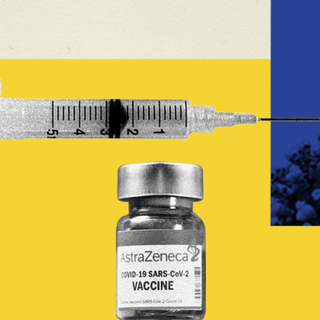Some people are more predisposed to gambling large sums, or diving off a cliff, or even starting their own business in a free-falling economy. And that tendency toward risk-taking might be rooted in their DNA — and visible in their brains, suggests new research published in Nature Human Behavior.
Researchers looked at more than 12,000 different brain scans and genetic data to establish the link. After controlling for total brain size, age, gender, handedness, excessive alcohol consumption, and genetic factors related to population structure, they found that risky behavior was linked to less gray matter in parts of the brain. Gray matter controls brain functions like muscle control, sensory perception, and decision-making. Distinct brain regions in which this less gray matter correlation showed up include the amygdala (controls fear and emotion), hippocampus (controls making new memories), and the cerebellum (controls balance and co-ordination).
Then, to establish the more tricky genetic correlation, researchers developed a measure of genetic variation called the polygenic risk score. To arrive at a score, researchers used a genome-wide association study of a separate group of nearly 300,000 people. It took into account every place where a component ‘letter’ of DNA was associated with risk-taking.
The result, or score, could predict about 3% of variations in risky behaviors. But, it also showed that the differences in the gray matter in specific brain locations could predict about 2.2% of genetic predispositions towards risky behavior.
“It appears that grey matter of these three regions is translating a genetic tendency into actual behavior,” Philipp Koellinger, research co-author from Vrije University Amsterdam, said in a statement.
Related on The Swaddle:
Why the Myth That Birth Order Shapes Personality Just Won’t Die
However, another author — Gideon Nave, an assistant professor of marketing at the Wharton School, University of Pennsylvania — clarifies that further study is necessary to differentiate between genetic and environmental causes that lead to more risk-taking behavior.
“You want to think about the fact that there are family, environment, and genetic effects, and there is also the correlation between all these factors. Genetics and environment, genetics and family — even what appears to be a genetic effect could actually be a nurture-effect because you inherit your parents’ genes,” Nave says. “For instance, if your parents are more nurturing, and they have genes related to more nurturing behavior and if nurturing affects your behavior, you will see genes and behavior correlated, but that doesn’t mean that the genes directly caused the behavior.”




